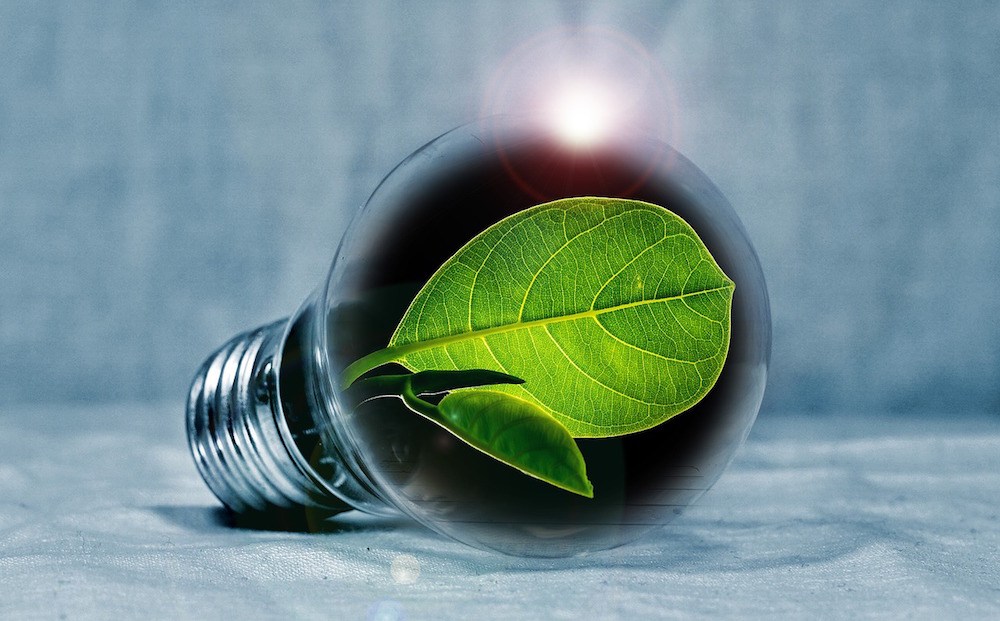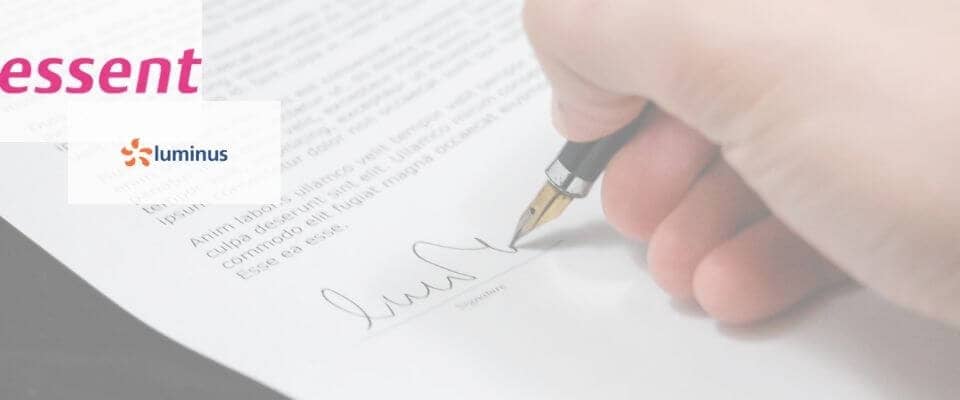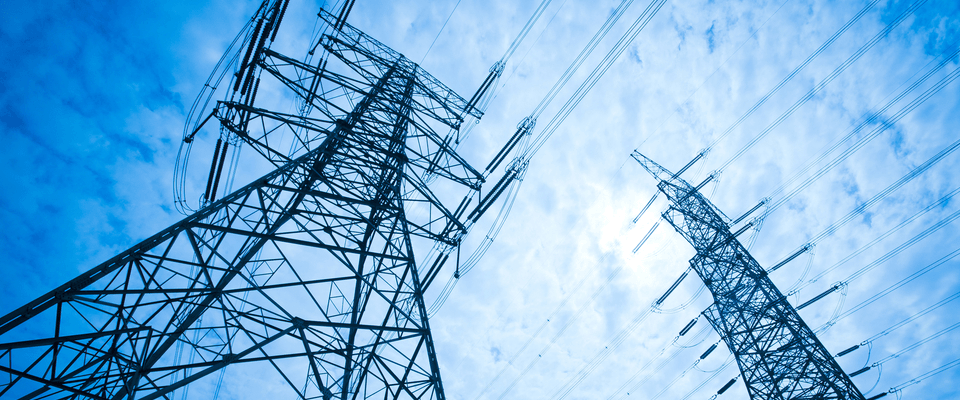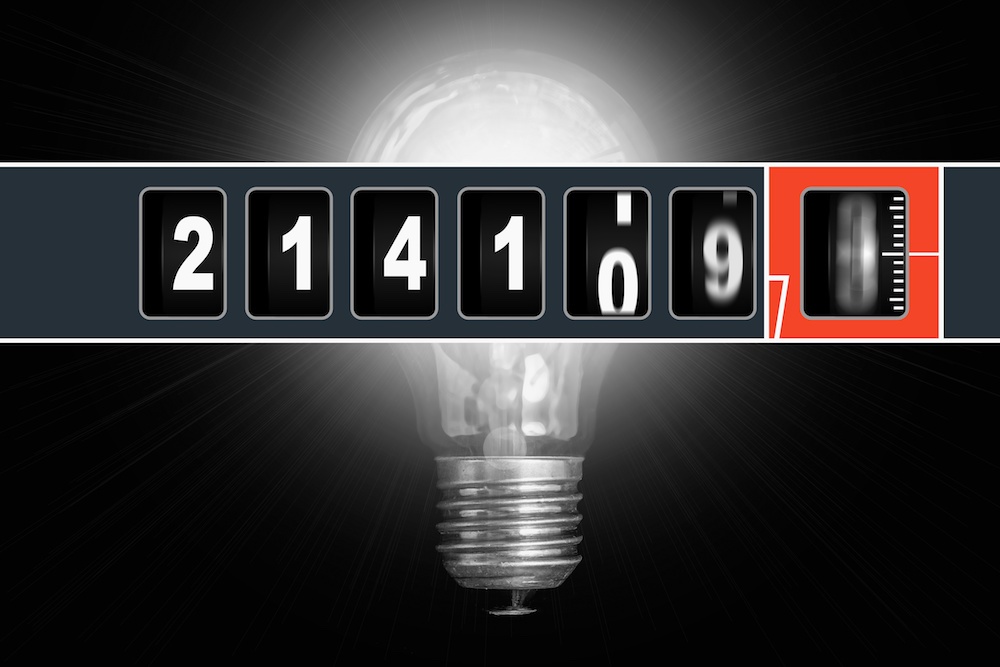
According to Greenpeace, the greenest supplier is…
Do you wish to join a supplier that invests in renewable energy? Good news! It just so happens that the new Greenpeace ranking lists the good and bad environmental performers.
Index
- What exactly is green electricity?
- Suppliers ranked by score – beware of poor performers!
- The Greenpeace ranking under scrutiny
- How to switch to a greener supplier
- What criteria does Greenpeace use as the basis for its ranking?
- A recalculation of the investment component since 2017
- Conclusion: the Greenpeace ranking, a valuable tool for choosing a green energy supplier in Belgium
No one can deny that signing up to a green electricity deal is a worthy aim. Protecting the planet and limiting global warming is a real emergency, if not an absolute priority. Given the importance of what is at stake, some people are adopting a variety of small actions in their daily lives which, ultimately, do make a difference. For example, reducing our water consumption, avoiding the use of toxic products, recycle our waste, and even choosing our gas and/or electricity supplier carefully.
Although choosing a supplier used to require a lot of effort on the part of the consumer, that’s no longer the case. Today, it’s much easier to find out how green a supplier is. It’s also possible to check the origin of its energy and its environmental policy. This has been made possible thanks to the Greenpeace Belgium ranking, which instantly reveals the greenest suppliers in the market.
Which energy supplier suits you best? Find it out with a simulation!
What exactly is green electricity?
The Greenpeace ranking is interesting because it highlights a controversial yet legal practice: the purchase of guarantee of origin labels (GOLs).
In Europe, energy suppliers can offer 100% green energy deals. This term logically suggests that the electricity sold under this name comes from a renewable source. However, this is not necessarily the case.
When a supplier sells a 100% green electricity deal in Europe, they are obliged to prove that this electricity is green by providing equal amounts of GOLs. This means three scenarios are possible:
- The supplier produces this electricity from renewable sources (photovoltaic, wind, hydraulic, biomass, etc.) and automatically receives GOLs for this production;
- The supplier produces this electricity from non-renewable sources (nuclear, gas, coal, etc.) but buys GOLs from small renewable producers located in Europe;
- The supplier has no production units and buys electricity on the wholesale market. The supplier is then dependent on the production mix which may or may not be 100% renewable. The supplier would then be in the situation mentioned in point 2: they must buy GOLs from small renewable producers.
Suppliers ranked by score – beware of poor performers!
In the Greenpeace ranking, each supplier is awarded a score out of 20 according to its energy policy and the weighting of the factors taken into account. Then, based on this score and some specific criteria, Greenpeace formulates its recommendations. To do this, it uses a system of colors:
- Dark green for suppliers with a score of between 18 and 20/20: these are the greenest suppliers in Belgium. This means that they produce locally and sustainably all of the electricity they supply. They often take the form of cooperatives, but this is not a prerequisite, as is demonstrated by the Flemish supplier Trevion.
- Light green for suppliers who achieve 15/20: these suppliers have received these scores because they include very little dirty energy when purchasing or producing their electricity. However, in certain situations, Greenpeace may also express a reservation for some of them, such as Eneco.
- Yellow for “average” suppliers with a score of between 10 and 12/20: this score is the numerical equivalent of the infamous “could do better”. Suppliers who receive it are not to be avoided, but Greenpeace considers that they could invest further in green energies.
- Dark orange for those who obtain between 6 and 9/20”: this is a harsh score, certainly, but one that encourages the suppliers concerned to reassess their strategy. Greenpeace criticizes them for still being too dependent on fossil fuels or nuclear energies. It hopes that they will change strategy by investing more openly in renewable energies.
- Red for the most heavily criticized suppliers who receive a score of 5/20 or less: in this case, either the energy score is below 5/20, or the supplier continues to invest in nuclear energy or fossil fuels. Greenpeace particularly disapproves of the direction taken by these suppliers and urges them to review their strategic vision.
Which energy supplier suits you best? Find it out with a simulation!
The Greenpeace ranking under scrutiny
Now, let’s review the ranking that was updated on 16 November 2020.
Green electricity cooperatives at the top
In 2020, no fewer than five suppliers share first place in the ranking, with a maximum score of 20/20: Aeco, Cociter, Ecopower, Wase Wind and Trevion. The Flemish supplier Aspiravi follows close behind, with a score of 18/20. Behind it comes the newcomer, Bolt, with a commendable 15/20. It needs to make some concrete investments in renewable facilities to obtain the maximum score.
Mega and Eneco are on the right track
Next we have Mega, which is positioned as an average supplier with an improvable score of 12/20. Then comes Eneco with a score of 10/20. The Dutch supplier has slipped a few places as it now has to rely on European markets to buy its energy as a result of its rapid growth. Its takeover by Mitsubishi and Chubu also raised some doubts about its future in renewable energy, but Greenpeace still states that it has a positive image of the supplier.
Suppliers who need to rethink their plans
At the bottom of the ranking, at various positions, are the three main energy suppliers in Belgium: Engie, Lampiris, and Luminus. The reasons for these poor scores are often the same: not enough investment in renewables, and too much reliance on fossil fuels and nuclear energy. Of the three, it is Lampiris that comes out best, with a score of 8/20. Greenpeace applauds the efforts made by Total — the French parent company of the Liège-based supplier — to move towards renewable energy. Luminus, however, incurs Greenpeace’s wrath, receiving a scathing 2/20. It is still criticized by the environmental organization for its investments in nuclear, which continue unabated.
But the three market leaders are not the only ones in the red zone, since all the other remaining suppliers are subject to the same criticisms: Essent, Octa+, Ebem, Elegant, Watz, Vlaamse Energieleverancier, and Antargaz.
How to switch to a greener supplier
Having seen the Greenpeace ranking, do you want to switch energy supplier? Good idea! Now is your chance to support a more eco-friendly supplier and make savings! However, you will only be able to reduce your bill if you choose the best electricity deal, green if possible, from those offered by your chosen supplier.
If you have any questions about the methodology used by Greenpeace, feel free to contact one of our advisers by phone on 0800 37 456 or by email at info@energyprice.be. They will be happy to help you and will be able to check the best electricity price for you based on your consumption.
Contact one of our advisers
What criteria does Greenpeace use as the basis for its ranking?
Down with nuclear power and fossil fuels! We need energy sources that are less harmful to the environment! This, in short, is the premise on which Greenpeace produces its ranking of the electricity suppliers operating in Belgium.
Specifically, the NGO differentiates the suppliers according to three criteria:
- Their investments in renewable energy (50% of the points);
- Their purchases of electricity and/or their current production (35% of the points);
- Their energy mix (15% of the points).
To make the result more understandable for the citizens, the organization performs a clever calculation which allows it to assign a score to each supplier. The higher a company’s score, the greater its support for the renewable energy sector. A pretty clear system that is reviewed every year for greater accuracy.
The reason for this is that, with these changes, Greenpeace hopes to reflect the reality of the situation more closely. In addition, companies that achieve a maximum score thanks to their investments in clean energy enjoy an unparalleled advantage. Because getting a good score is a commercial argument served up on a plate that usually strikes a chord with consumers.
A recalculation of the investment component since 2017

Since 2017, Greenpeace has also taken account of divestments when calculating the investment component. Reflecting the direction taken by the company, this element was previously only determined by taking note of new investments and comparing them to the current production (or purchase) of energy in order to assess their importance correctly.
Although this methodology is still in use, Greenpeace now divides investments into two categories: those made during the past two years and those planned for the next two years. In addition, the organization has chosen to reward companies that implement a disinvestment policy for coal, lignite, and nuclear power. These are necessary actions to tackle global warming. This equates to millions of euros that can go towards supporting the energy transition instead of developing polluting projects. Clearly, to achieve the maximum score for investments, efforts are required at various levels.
Conclusion: the Greenpeace ranking, a valuable tool for choosing a green energy supplier in Belgium
Do you want to find an energy supplier that invests in the local production of green energy? The Greenpeace ranking is a first-rate tool. At a glance, you can identify the greenest suppliers in Belgium.
However, the ranking does need to be qualified. It is worth noting that some suppliers are penalized by the poor reputation of their parent companies, while they themselves invest in renewable energy. In addition, many suppliers purchase their GOLs from Belgian producers. This is still a valid form of funding to support the energy transition, even though it is limited. Lastly, the ranking does not take into account the prices. It might be useful to redo an analysis to assess which green suppliers also offer the most attractive prices. To achieve this, it would be necessary to do a price comparison.
Which energy supplier suits you best? Find it out with a simulation!
Do you believe this ranking provides useful information? If so, check your current supplier’s rating now! If it doesn’t suit you, remember that you can terminate your electricity contract at any time, free of charge. If you have any other burning questions, we are available to help you on 0800 37 369 from Monday to Friday, from 9.00 am to 12.30 pm and from 1.30 pm to 5.30 pm.
Contact one of our advisers
Summary
- What exactly is green electricity?
- Suppliers ranked by score – beware of poor performers!
- The Greenpeace ranking under scrutiny
- How to switch to a greener supplier
- What criteria does Greenpeace use as the basis for its ranking?
- A recalculation of the investment component since 2017
- Conclusion: the Greenpeace ranking, a valuable tool for choosing a green energy supplier in Belgium
Also read on our blog

It's official! From the second quarter of 2021, supplier Essent will belong to energy giant Luminus. It will therefore no longer s…

Regularly comparing prices for your energy contract is essential. It means you can take advantage of the best market conditions. B…


